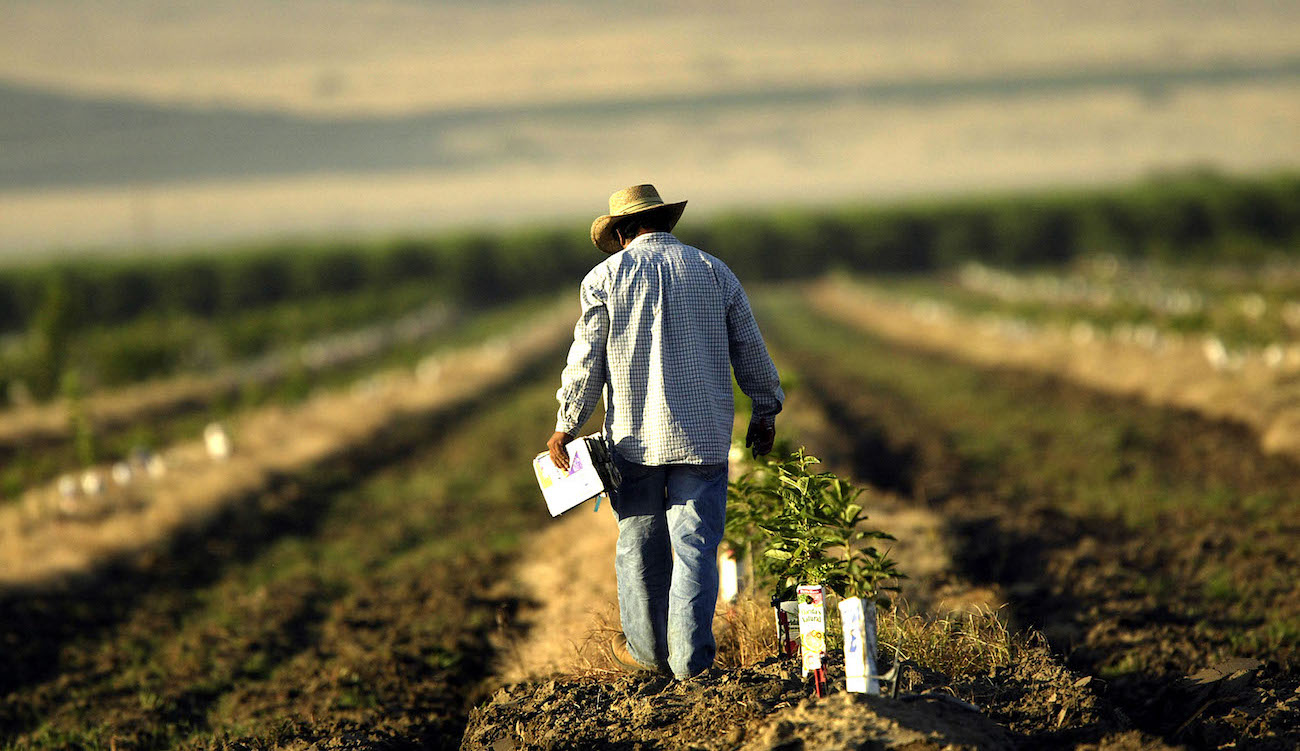Despite California’s efforts in greenhouse gas reduction, the state is the leading emitter in the country of a less-familiar greenhouse gas, sulfuryl fluoride, according to a recent study out of Johns Hopkins University.
The study, published last week, revealed California emits 60 percent to 85 percent of the gas, which is found in pesticide used to kill termites and other wood-infesting insects.
The majority of such emissions stem from Southern California, specifically Los Angeles, Orange, and San Diego counties.
“When we finally mapped it out, the results were puzzling because the emissions were all coming from one place,” said co-author Scot Miller, an assistant professor of environmental health and engineering at the university.
Sulfuryl fluoride was approved by the U.S. Environmental Protection Agency in 1959 as a pesticide, replacing more ozone-depleting fumigants.
It is one of a few methods to eradicate drywood termites, a prevalent regional pest known for forming colonies in elevated, difficult-to-access areas of wooden structures. Additionally, it is used at shipping ports to eliminate pests, preventing them from being transported to other regions globally.
According to the study, while the U.S. accounts for approximately 17 percent of global sulfuryl fluoride emissions, California alone contributes 12 percent.
“Other greenhouse gases like carbon dioxide and methane are found everywhere across the U.S. On our sulfuryl fluoride map, only California lit up like a Christmas tree,” Mr. Miller said.
The findings come despite California’s status as a national leader in greenhouse gas reduction, and its ambitious plan to achieve net-zero emissions by 2045.
Approximately 85 percent of California’s sulfuryl fluoride emissions originate from home and building fumigations—a practice that involves sealing an infested structure with an airtight tent, introducing gas to eliminate the pests, and subsequently releasing the gas directly into the atmosphere—the study found. Roughly 15 percent were attributed to agricultural and what’s known as commodities fumigation, where imported or exported products—from grain to personal items—are treated to eliminate the risk of a pest infestation.
The gas can linger for more than 40 years in the atmosphere once emitted, researchers said. Additionally, although average concentrations of it in the atmosphere are low, the rate of its release exceeds its ability to break down.
“Without some form of intervention, sulfuryl fluoride is going to keep accumulating in our atmosphere. For most greenhouse gases, California has been very intentional about how it’s going to reduce emissions,” said the study’s lead author Dylan Gaeta, a PhD candidate at Johns Hopkins. “This one has slipped under the radar.”
The scientists suggested that certain basic solutions and bio-based organic solvents could absorb and neutralize the gas if used in coordination with such fumigation.
The researchers said they have shared their findings with the California Air Resources Board and the Bay Area Air Quality Management District.
“California’s track record shows that it’s been looking at out-of-the-box, creative ways to reduce its greenhouse gas emissions,” Mr. Miller said. “Knowing better what the emissions are and what impact they have will give the state the information it needs to help holistically develop greenhouse gas reduction strategies.”














